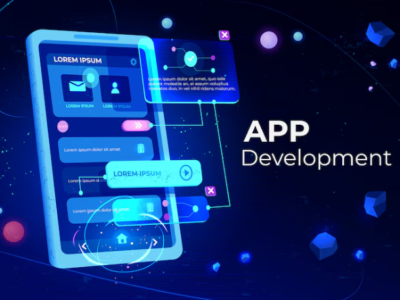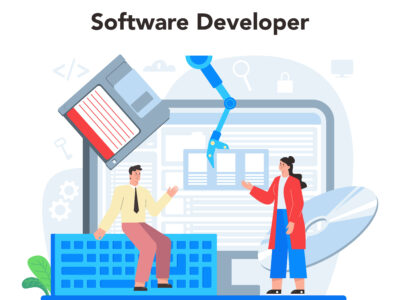
Data analytics has undergone a remarkable transformation over the years, evolving from simple descriptive techniques to advanced prescriptive methodologies. Initially, descriptive analytics focused on summarizing historical data to understand past events. This phase was crucial for businesses to gain insights into their operations and customer behaviors, often through reports and dashboards.
As technology advanced, predictive analytics emerged, leveraging statistical models and machine learning algorithms to forecast future trends and behaviors. This shift allowed organizations to anticipate changes and make proactive decisions, significantly enhancing their strategic planning capabilities.
The latest evolution in this field is prescriptive analytics, which goes beyond prediction to recommend specific actions that can optimize outcomes. By integrating advanced algorithms, artificial intelligence, and machine learning, prescriptive analytics provides actionable insights, helping businesses not only understand what might happen but also determine the best course of action to achieve desired results.
This post will briefly overview the evolution of data analytics types.
Descriptive Analytics: The Beginning of Data Analytics
A quote by George Santayana suggests that if you cannot remember the past, you are more likely to repeat it. Accordingly, you want to use descriptive analytics when summarizing historical event data. Note that to inspect what has happened over a specific period, you require statistical techniques and computing methods for continuous data aggregation, data mining, and visualization. Since descriptive analytics focuses on what happened, finding patterns or trends using previously recorded details from multiple valid sources is essential.
For example, in a data insights company serving a retail organization, descriptive analytics examine last year’s sales data to reveal which products sold the most units during which season. It is this analysis that is really important for knowing the current situation of the business and for making comparisons and planning future strategies. Still, the primary power of descriptive analytics is in being able to tell us about what happened without explaining why it happened or predicting what might happen next.
Read more: Large Appliance Market
Predictive Analytics: The Interval
Eric Siegel once said, in his book, that predictive analytics is the technology that excels at learning from experience data to estimate people’s future behavior and drive better decisions.
In the same way, when firms felt that traditional descriptive analytics was not good enough to compete with the high expectations of the contemporary business landscape, they embraced predictive analytics. Predictive analytics uses unique statistical models powered by machine learning algorithms to tell you what the future holds for your organizational goals.
When forecasting those events, predictive analytics solutions might analyze historical records to uncover relationships between multiple variables. Moreover, ML models help include more dynamic factors to derive conclusions based on best and worst possibilities. Therefore, you get comprehensive reports on all potential future patterns of outcomes.
Prescriptive Analytics: The Aftermath
Ed Catmull believes the manager’s job has nothing to do with preventing risks. Instead, a manager must make it safe to take them.
While predictive data analytics may indicate what is likely to happen, prescriptive analytics not only foretells what is going to happen but also gives a suitable recommendation on how to handle the future risk that is soon going to materialize. Prescriptive analytics skills comprise incremental optimization and scenario-specific stimulatory modeling in order to find out “what happens if” as well as “what one should do about it” types of ideas.
Prescriptive analytics is very valuable, as decision-making can be very complex when there are huge variables and possible outcomes to consider. For instance, it aids companies in not only forecasting the future but also preparing for the future by creating an action plan beforehand.
The Integration of Descriptive, Predictive, and Prescriptive Analytics
Researchers worldwide want to standardize descriptive, predictive, and prescriptive workflows for unified insight extraction and visualized reports.
- Descriptive analytics may function as the foundation by giving insight into past performance metrics.
- Later, predictive analytics builds on that base by predicting future trends.
- Finally, prescriptive analytics adds a final layer by suggesting optimal actions.
These three data analytics types are used synergistically in real life by enterprises. A firm could first leverage descriptive analytics in order to understand past customer behavior, then apply predictive analytics in order to gauge future purchasing patterns, and finally use prescriptive analytics in order to design specific marketing strategies customized to certain customer groups.
The Future of Data Analytics Evolution
Today, corporate leaders have to make use of the best strategies, tools, and talent available in the current market to predict their future, ensuring that the outcomes they prefer do not remain hypothetical promises. That is the only method to thrive in this hypercompetitive data-centric era to surpass your rivals in market share and crucial metrics like the average revenue per user (ARPU).











